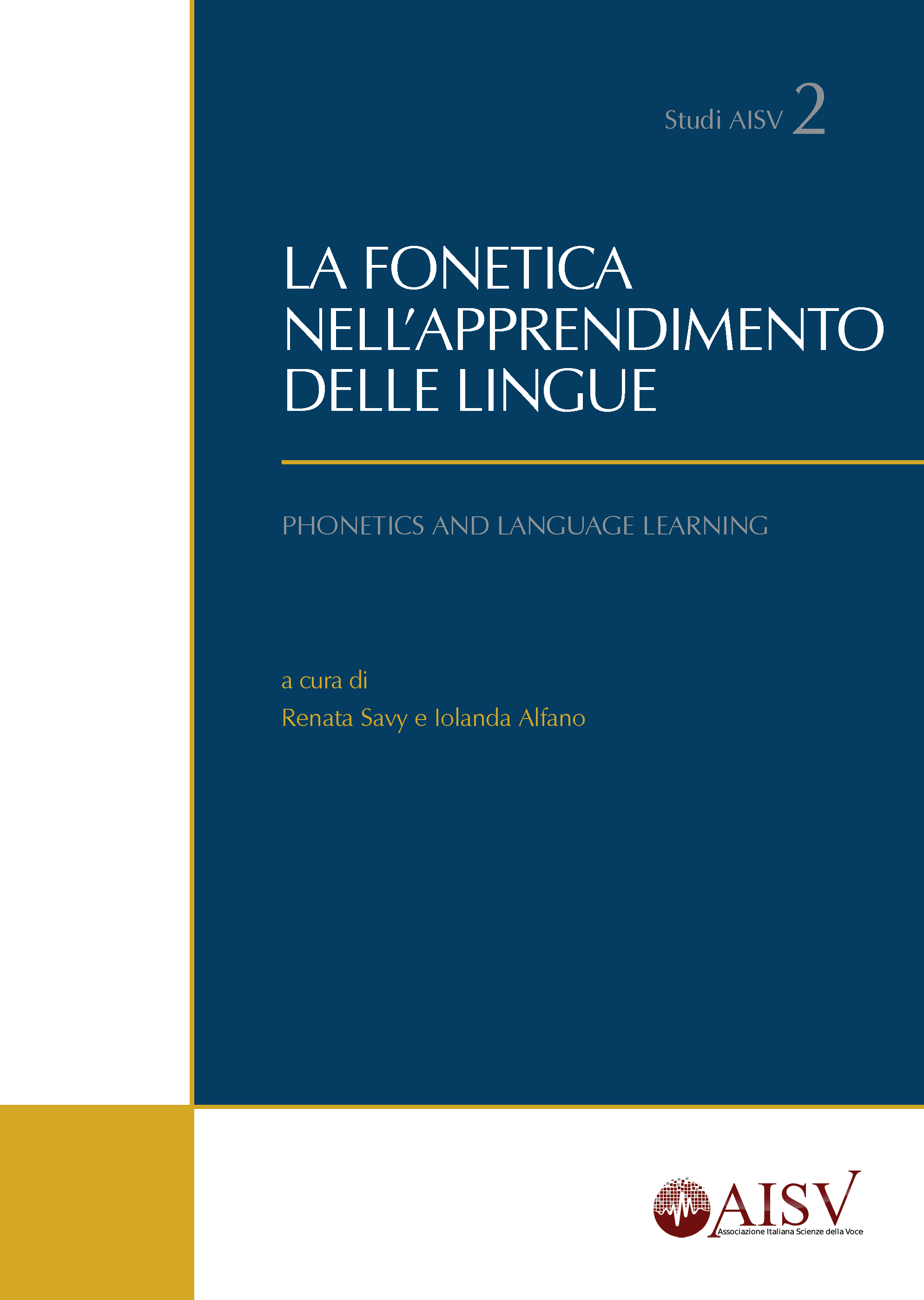Pre-attentive duration processing in non-native sounds
An ERPs study
DOI:
https://doi.org/10.17469/O2102AISV000005Keywords:
second language perception, vowel duration, Mismatch Negativity, double deviantsAbstract
Native Italian listeners do not use vowel duration to distinguish word meaning. Nonetheless, similarly to Spanish listeners (e.g., Chládková et al., 2013), they are supposed to be able to use duration to discriminate vowel pairs that belong to nonnative or second language (L2) systems, especially when similar to one native sound (Desensitization Hypothesis; Bohn, 1995). The present study investigates how Italian listeners elaborate duration in different L2 vowels, i.e., similar and new with regard to the native systems, by means of the Mismatch Negativity, an electrophysiological component that reflects a pre-attentive change detection of a deviant sound in a sequence of frequent sounds. The results show that Italian listeners can make use of the duration cue, irrespectively of the vowel sound. In addition, the use of double deviants, i.e., vowel formant frequency and duration differences, carried by a single stimulus (e.g., Sussman, Winkler, 2001) allowed us to observe a sequential processing of both duration and frequency.
Downloads
Published
Issue
Section
License

This work is licensed under a Creative Commons Attribution-NonCommercial 4.0 International License.





